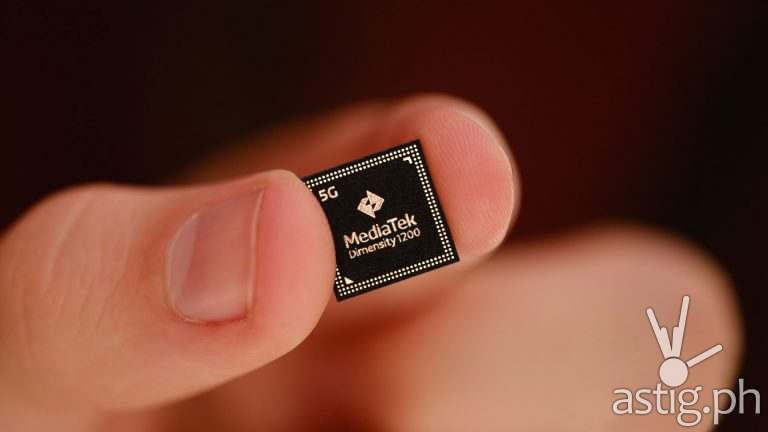By Richard Lu, Vice President of MediaTek IoT Business Unit
Industry 5.0 empowers human-machine interaction with connected, resilient, and sustainable IoT systems. The goal: go beyond the process optimization of Industry 4.0 to enhance net benefits for humans and society with robots that empower workers, enable mass personalization and support environmental sustainability.
This revolution of human/machine interaction and machine-driven intelligence requires advanced capabilities, primarily at the edge. To achieve the society-shifting goals of Industry 5.0, IoT product developers are challenged to improve flexibility, strengthen connectivity, and enhance interactivity with intelligent voice and vision systems. On top of these technical requirements, designs need to be both cost and energy efficient. The followings are the challenges of design energy-efficient and cost-effective products for demanding use cases that require heavy IO and reliable edge AI processing.
1. Flexibility
To advance the human-robot co-working environment and smart societies, IoT products require the flexibility to function both as extensions of their human users or as independent robots in remote or off-grid areas. To solve it, use an integrated, highly efficient System on a Chip (SoC) to help decrease the footprint of an IoT product and support long-term power efficiency. With multifunctional components on one chip, they can be placed closer to each other, allowing the resulting chip size to fit in extremely tight spaces for more compact designs, fanless enclosures or it can provide new opportunities for devices. To solve it with MediaTek, MediaTek Genio’s System on Chip combines powerful features into one compact chip.
2. Connectivity
To facilitate human-machine interactions and sustainable systems, IoT designers must make connectivity choices based on factors such as data throughput, connectivity range and speed, power, scalability, robustness as well as protocol (i.e. Wi-Fi, Bluetooth, 5G or NTN), ensuring these choices will stand the test of time. Choose connected technologies that support the latest wireless protocols, including Wi-Fi /6E and upcoming Wi-Fi 7. MediaTek is one of the few global semiconductor companies that can supply the full breadth of wireless connectivity options: Wi-Fi, Bluetooth, 5G and NTN with verified operation in global markets.
3. Supporting Voice & Vision Systems with Edge AI
Voice and vision systems are an important part of human-machine copresence, enhancing our own abilities and becoming the eyes and ears of our smart societies. New IoT devices can integrate edge AI into the product design stage, or operate with a smart hub to connect and process data from multiple sensors that may not have built-in AI, adding an intelligent layer between basic IoT devices and the cloud. MediaTek Genio incorporates edge AI to intelligently process data locally rather than having to depend on an external cloud. The CPU, GPU and AI Processing Unit (APU) in each Genio chipset work together to enhance intelligent autonomous capabilities at the edge and support high quality displays, cameras and more.
4. Power Consumption
Efficient power consumption not only supports our planet but also the edge systems that make unified human-machine interaction possible and cost effective. Improving power consumption requires system optimization and innate power efficiency innovations to key technologies in both hardware and software. MediaTek Genio significantly reduces power consumption for Industry 5.0 devices while providing the necessary compute power and performance. The advanced TSMC N6 (6nm-class) chip production process allows the Genio 700 to be exceptionally power efficient, enabling product designers to use fanless enclosures or even off-grid power solutions for more application opportunity.
5. Cost Reduction
With Industry 5.0 redefining how we work and build a sustainable world, the incremental value of IoT could be as exponential as saving our planet. However, optimizing hardware and connectivity for cost is also critical to ensure these society-shifting products can be funded to get off the ground. Often the business case for an IoT product hinges on the total system cost as it relates to incremental revenue or cost savings generated by the system. There are various strategies for reducing costs, including assessing the cost of parts, local vs cloud storage, reduction of engineering complexity, and minimizing the time to bring a product to market. MediaTek Genio delivers cost savings through its complete System on a Chip (SoC), including powerful CPU, GPU, APU, support for multiple cameras, platform integrated PMIC, and more; support for several familiar operating systems, allowing designers to customize products.


